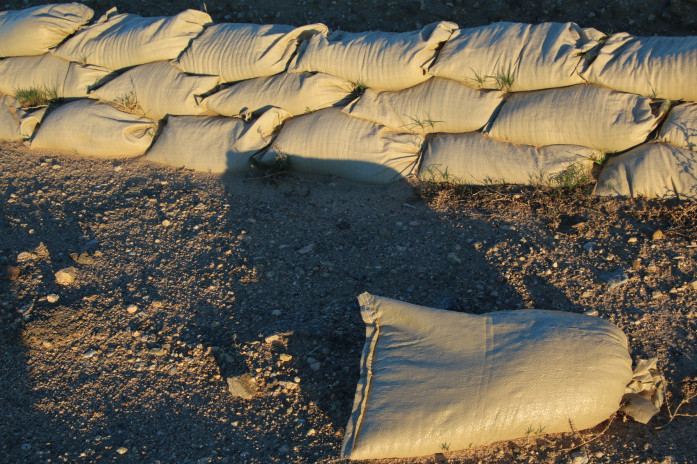Erosion control is a crucial part of any construction project. The right erosion control will help protect against pollution, and prevent local waterways from becoming contaminated by sediment from the construction site.
Eroded soil and sediment can easily wash into nearby streams, rivers, lakes or the sea, and this can cause devastating environmental damage.
The right type of erosion and sediment control will depend on the particular type of construction project, and where it is located.
Why is sediment and erosion control so important?
Without adequate sediment control, pollution from heavy rain can get into stormwater, and this can cause a number of different issues, including:
- Increased chance of flooding as sediment fills up and blocks storm drains and other flood control measures.
- Damage to local wildlife by destruction of the local habitat and disruption of the natural food chain in local streams and rivers.
- Costs to local councils for cleaning sediment out of local drainage systems.
- Water depth reduction in local waterways that can potentially alter the flow of water.
- Slippery walkways and paths due to excess sediment or water.
- Poor site conditions, especially in wet weather, that can impede the progress of the project.
The potential for fines
If sediment and erosion control measures are not implemented properly, there can be a lasting impact on the local environment and wildlife. Following proper procedure for sediment and erosion control is a legal requirement in most places around Australia, and if a project is found to be non-compliant, steep fines may be the result.
AT CCI Supplies, we stock silt fence and sandbags for use in sediment and erosion control. These are very common measures, and are highly effective in helping to control pollution and prevent flooding.
How these measures work
Silt fence
Silt fence is a temporary barrier that is installed across a slope, almost always at the bottom. The barrier is usually made of a particular geotextile fabric that filters out the sediment from the runoff, and prevents it getting into nearby waterways. Silt fence also helps to prevent erosion by keeping the soil in one place, and preventing it being washed away in heavy rain.
While it is very effective when used correctly, silt fence is not suitable for all applications. It isn’t suitable across waterways, and it is predominantly used for sloping areas. It’s a great choice for these areas, as it’s easy to install, and as long as it is good quality, it is very effective and long lasting.
Sandbags
Sandbags are another temporary form of erosion and sediment control as they divert the flow of water away from a certain area. They can also be used to isolate an area for excavation or other work.
Filled with sand or silt, sandbags allow for a high flow of water while effectively filtering out the sediment and preventing pollution. They are a great alternative for areas where silt fence is not suitable. Sandbags are great for reinforcing existing structures and flood reduction measures, and they are also very commonly used in erosion control and levee construction.
Where to find high quality silt fence and sandbags
At CCI Supplies, we are a one-stop shop for construction industry suppliers, and we understand that you need to offer your end users high quality durable products for erosion and sediment control.
We offer UV Treated woven polypropylene silt fence that won’t fray, and has a life expectancy of up to three years. Our silt fence allows water to drain through to storm waters while filtering out loose and exposed soil. We can also supply wooden pegs or star pickets for convenient installation.
We also supply quality sandbags. Our sandbags are made from UV stabilised, tear-resistant woven polypropolene, and they are excellent for constructing temporary walls, trenches and raised banks. Hard wearing and easy to fill, our sandbags are a great choice for most projects.
Effective erosion and sediment control can be an issue on construction projects. It’s essential that erosion and sediment control products help to reduce pollution, protect the site and reduce the risk of damage to the surrounding area.



